Former DC president and publisher Paul Levitz has had one of the most illustrious careers in comics since the 1970s. Today he joins us for a MIGHTY Q&A:
Levitz has held virtually every important job at DC Comics and is now in the process of refashioning a gigantic coffee-table book celebrating DC’s’ 75th anniversary from 2010 into a series of five tomes that probe different eras of the company. Each new edition – covering the Golden Age and the Silver Age (each out now) and the Bronze, Dark and Modern ages — include about 200 fresh images each, plus a special interview exclusive to that volume. For the Golden Age it was Joe Kubert and for the Silver Age it was Neal Adams.
I wrote about the first two volumes here but I had the occasion to discuss the project with Levitz in a lengthy Q&A on the phone that was punctuated by follow-up emails.
Here are the highlights, condensed and edited for relative brevity and flow. Naturally, Levitz’s words – and insights – remain the same.:
What was the genesis between moving from the gigantic volume into breaking it up. Tell me a little bit of the backstory of the new project.
Sure. Taschen has a long history of (re-releasing) their books. It goes back at least to their gigantic Muhammad Ali project some years ago — “Greatest of All Time” — where they put it out in several different editions, including one that was about the price of a car and close to the size of a car.
So when we started talking to them about doing a “DC 75” celebration project, there always was a theory of putting it through a couple of different physical sizes. The kind of books they do don’t particularly go into paperback sensibly … so the question was really: “How do you do it gorgeously on two different levels?” One for the comics fan who’s so passionate they’re willing to have this coffee-table book that’s literally the full size of a coffee table, and then one version that is really centered on the different times.
Because for many people who are not so much overall comic fans but are fond of the times they first touched comics, or when they touched the characters, they really want to dive into one or two eras. Their childhood. … They really want to go back to when they were 12.
That’s funny, because for me, I was vaguely aware of the Golden Age book. What prompted me to make the call to Taschen and to set this up was when I saw the Silver Age book in a store. I was like, “Oh wow! I have to see that!” And that’s very shrewd because it’s certainly between the Silver Age and the Bronze Age — those are the ones that pressed my buttons. I understand that it’s going to be five volumes. What are the other three going to be?
Next to be put out is Bronze and that’s got an interview with (writer) Denny O’Neil in it as the original text piece. … Then you move to the Dark era, looking at things like Dark Knight and Watchmen. And the Modern (Age)’s gotten updated a bit since it’s been a while since the big book was done. The New 52 … keeps things moving and changing.
So we got (former DC head) Jenette Kahn for the Dark Age interview, which we had so much fun doing together. Then to the Modern and (current DC Co-Publisher) Jim Lee, about where the world of digital comics is going.
Tell me a little bit about the process of what you did to figure out how you were going to expand these into the five books.
When Josh (Baker, the art director of the project) went to put the big book together, he shot an enormous amount of stuff in some very strange places and couldn’t put everything in. So, first off, there was a pile of interesting material available to us that we hadn’t been able to fit.
DC’s published somewhere over 40,000 comics. I can’t even begin to calculate how many images that is. Probably something like 8,000,000? Start doing the math, it gets scary really fast. So there’s so much to choose from. For the first couple of efforts with the big book we said, “Look! These are the key players. Even if there’s no room to write a long piece about Curt Swan, it has to be at least Curt Swan’s art because it’s vital and it’s important. How much space can we give him as a key contributor over the years?”
The opportunity in dealing with the second round of volumes is to go and say, “OK! What do we have here that just looks cool?” It would be something that we touched on but we didn’t expand upon enough. What was lying in someone’s closet that we didn’t have a chance to get at? And we’ve really been able to dig deeper with it. …
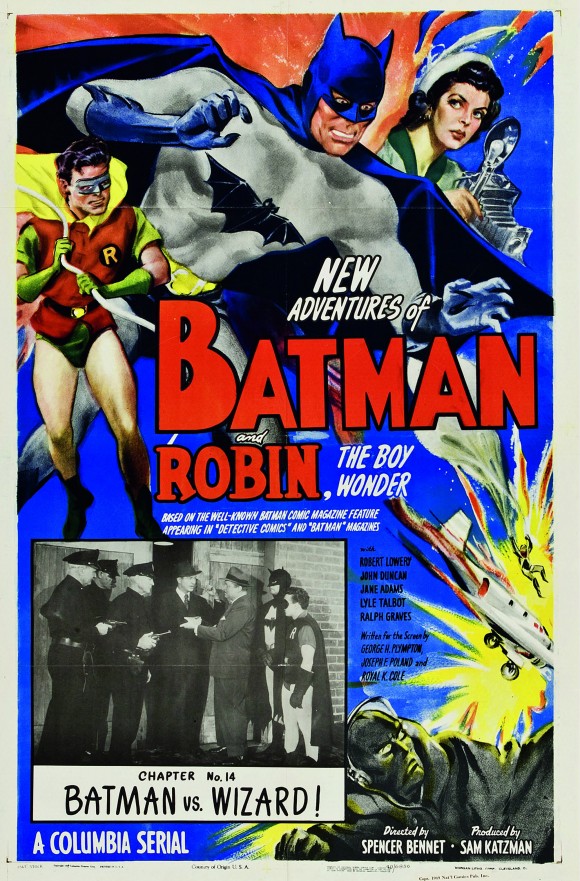
From the Golden Age volume, courtesy of DC and Taschen. By the way, we have a gigantic print of this in our upstairs hallway. Because my wife is awesome like that.
Just taking one step back from your own career, you’re the person who’s perfectly placed to do this kind of project because you’ve had so many different roles at DC, specifically. Tell me what this is like for you personally to do this project.
In the end I think there’s two kinds of history you can do. One, there’s an enormous virtue to the kind of work that a Robert Caro has done on (Lyndon) Johnson. Where you have a historian, with formal training and skill and to some extent a completely dispassionate point of view when the project starts, just go in and spend, in Caro’s case, the better part of a lifetime researching something, and putting the story together and figuring out how I can sit in judgment of this and tell this complex story.
But there’s also insider history. And as you say, I’ve had the great fortune to be in the halls of DC for over half it’s life. And as (Howard) Chaykin, one of the artists I’m a contemporary of, remarked, we had the great privilege of getting there at the end of the beginning. Most of the guys who started comics were in the halls or were coming up and visiting. And we got to know them a bit. So it became an opportunity to talk about the evolution that we had seen and hopefully if I’ve done my job right … you’ve gotten a sense of how it felt to be in the halls as though you were a fly on the wall.
For the benefit of our readers, give us the CliffsNotes version of your career, from the point where you first got involved to where you are now.
I started out doing one of the early fanzines, The Comic Reader, a TV Guide-type publication in the days before publishers loudly announced credits or pre-pub information. That led to freelancing for DC, going on staff as a part-time assistant editor when I graduated high school, and to dropping out of NYU to go full time as an editor.
A few years later, I shifted to management, ran the business side of DC for decades, and finished up there as President and Publisher a few years ago. Along the way I wrote a few hundred comic book stories, too.
These days I split my time between teaching (Writing at Manhattanville, the American Graphic Novel at Columbia, and a course in Pace’s M.S. in Publishing program) and writing. I do comics for DC (like Worlds’ Finest), and nonfiction like the 75 Years of DC Comics series for Taschen. A little consulting work rounds out the days.
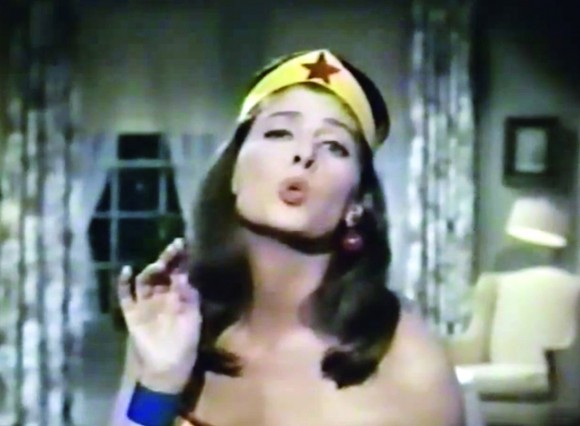
From the Silver Age edition: A Wonder Woman screen test from the ’60s. Never came to fruition. Thanks, Taschen/DC.
What’s your all-time favorite character?
I’m still a Superman kid. I’m about 10 years older than you so I came in when Mort Weisinger’s Superman books for DC were successful and George Reeves was running around on television. …
Walk us through some of your highlights as a writer and creator.
The run that generally defines my writing career was a long stretch on Legion of Super-Heroes in the ’80s, particularly a story called “The Great Darkness Saga.”
What character, from any company, did you wish you could have worked on?
I got to work on so many of my favorites, and with so many of the artists I grew up reading. Of the opportunities I missed, I loved The Avengers and never got a chance to play with them.
What writers and artists are you most proud to have nurtured over the years?
I’m so proud of so many works DC published in the years I was part of the team running the company, but as an editor I’m especially proud of buying Marc DeMatteis’ first script, and first or early assignments from great artists like Frank Miller, Michael Golden and Denys Cowan.
What was your first comic book?
First one I remember owning is Action Comics #300, and I still own copy, but probably not my original.
What’s your favorite, all-time single issue of a comic?
Maybe Justice League of America #21, the beginning of the first Crisis.
What story are you most proud to have written?
A personal favorite is the “Untold Origin of the Justice Society.”
At what point in your career did you pinch yourself and say, “Wow, I can’t believe I’m here?”
I still have those days. Awfully lucky life.
Note: The interview took place prior to the announcement that DC Comics was pulling up stakes and moving to California so I didn’t have a chance to ask Levitz about it.

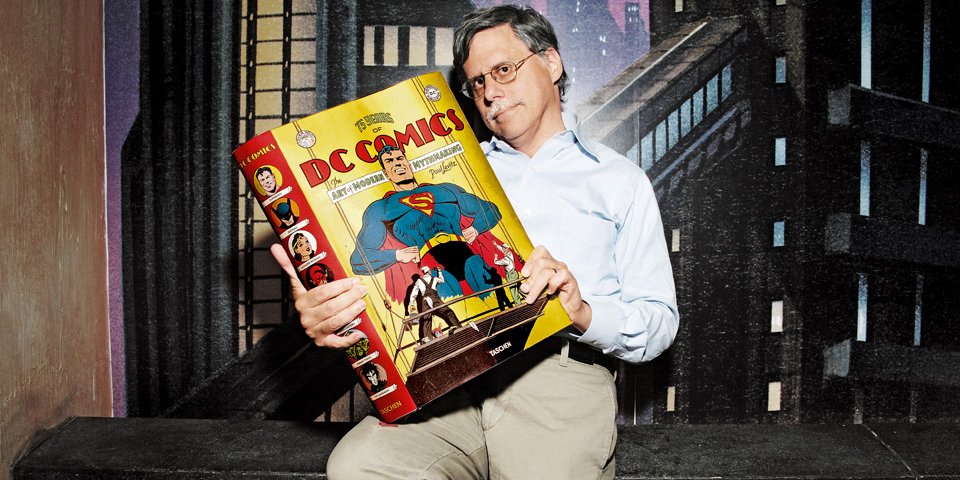
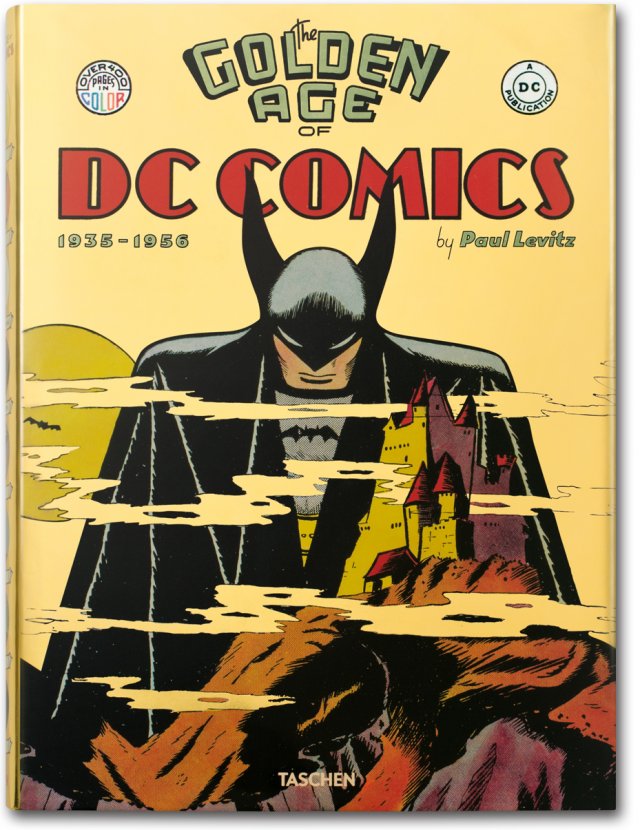
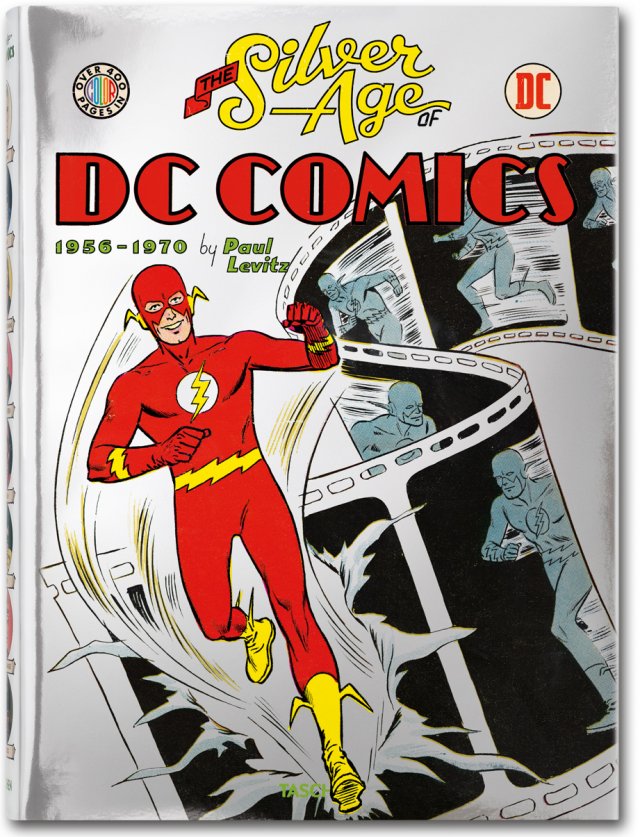
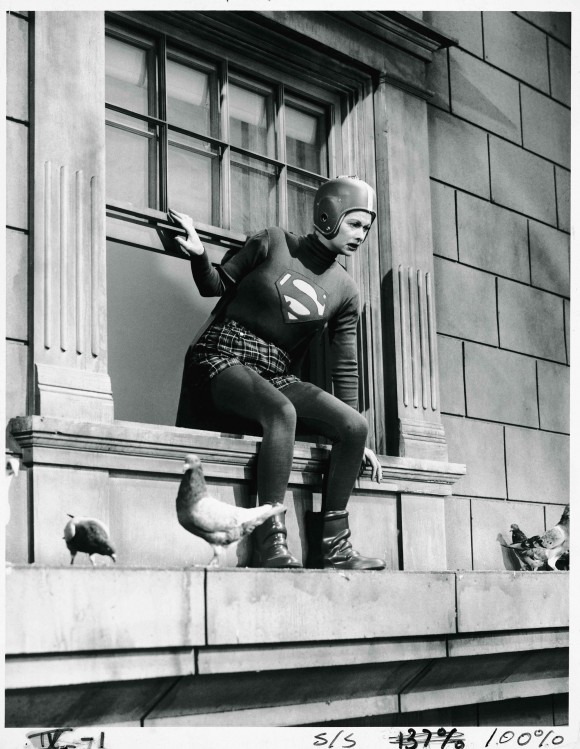
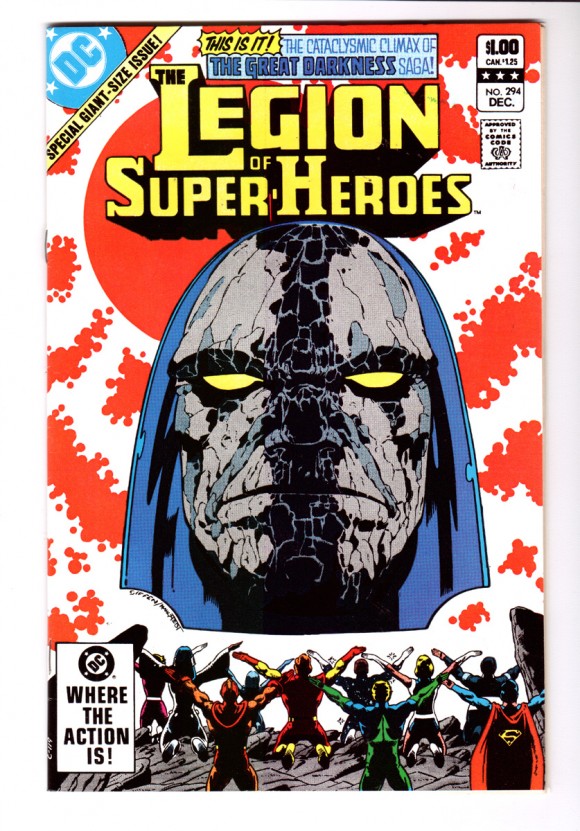
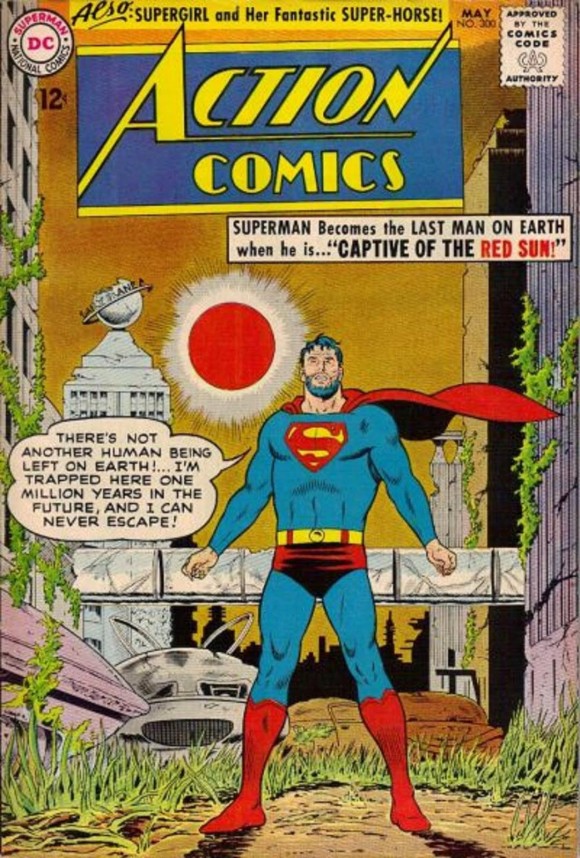
November 2, 2013
Paul, I read “Untold Origin of the Justice Society” so many times, it fell apart. I was a Marvel guy, but I loved the Justice Society by you and Joe.